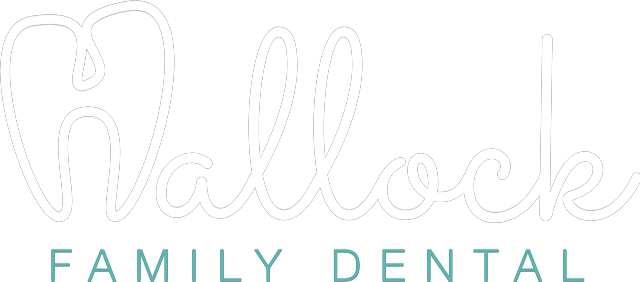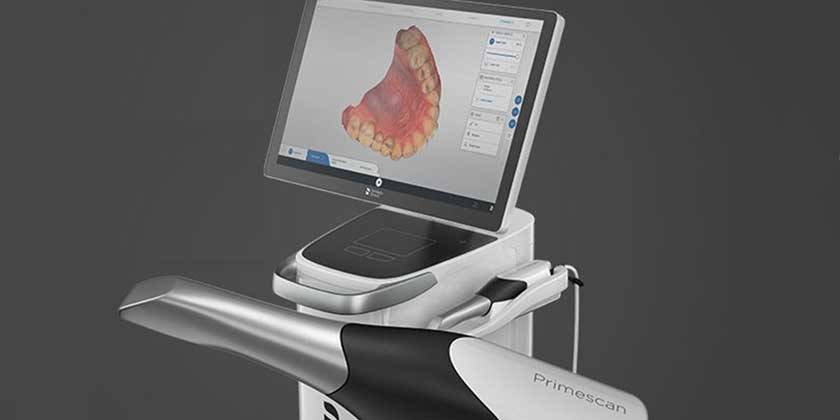Primescan Intraoral Scanner
You’ve probably had a dental impression taken before. Whether your dentist will provide you with a crown, an inlay, a bruxism splint or braces: A model of your teeth is required for many kinds of treatments. Shouldn’t this be possible without the uncomfortable process of biting down on impression material for several minutes?
Absolutely! An intraoral scanner lets us create an impression of your teeth quickly, precisely and digitally.
So, say goodbye to uncomfortable impression trays and talk to us about digital impressions with Primescan, our modern intraoral scanner.
The high-tech way of creating a precise model of your jaw.
- After consultation, we create an optical scan of your jaw, or a section of it.
- Software uses this scan to calculate a precise digital model in just a few moments.
- With a few clicks, we send the model of your teeth quickly and securely to a dental lab, where work begins immediately.
Advantages of digital impressions with Primescan!
No unpleasant tray impressions: Intraoral scans are much faster and more pleasant than conventional tray impressions. Precise models: A digital model is more precise than a traditional impression, and the quality of the model can be checked right on the screen.
Fast and secure: Digital transfer is instantaneous and encrypted.
Fully digital process: Modern dental labs work digitally. So why take the detour of creating a physical impression? The digital procedure reduces errors and delivers extremely precise results.
Cone Beam CT
Cone Beam 3D Imaging is an advanced dental imaging technology that allows for an illimitable view of the teeth and supportive structures within the face. With Cone Beam 3D Imaging, a dentist can capture panoramic views of the maxillofacial area in just 10 seconds. Cone Beam 3D images offer an enhanced view of the face that can be examined and evaluated from multiple viewing angles. A single image can reveal the associative relationship between the hard and soft tissues of the mouth, which can aid in treatment planning and administration.
Did you know…
That Cone Beam 3D images are similar to the images available through CT scans? The difference is that there is far less radiation exposure, it takes less time, and the images can easily be obtained in a dental office. Cone Beam 3D images can also be stored digitally for future reference or for easy transfer between providers.
How can Cone Beam and 3D Imaging help me?
Unlike x-rays, which are not detailed and only reveal hard tissues, Cone Beam 3D Imaging reveals the entire craniofacial structure and connective tissues. While your dentist is making plans for oral surgery or dental treatment, the images can be dissected and manipulated to ensure accuracy and precision.
What should I expect from Cone Beam and 3D Imaging?
Your Cone Beam 3D Imaging experience should be quick, taking approximately 10 seconds to do a complete scan. The image produced will differ from traditional two-dimensional imaging, in that it will be a three-dimensional view of your entire head and face.
What should I expect after I’ve had a Cone Beam 3D scan?
Cone Beam scans are completely painless. There is no pre-scan consultation required or after care instructions.


